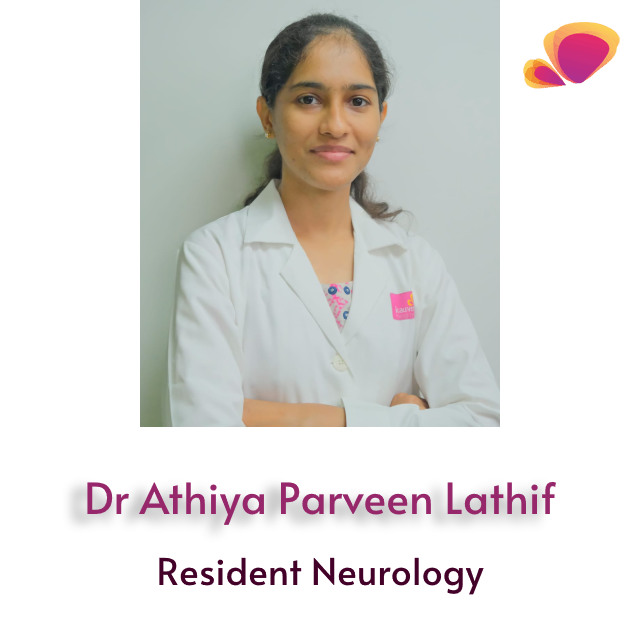Message from Team IMA Chennai Kauvery Alwarpet Branch
 Dear colleagues
Dear colleagues
Greetings and best wishes from IMA Chennai Kauvery Branch.
With almost 4 crores of people of Tamilnadu getting vaccinated and 66% of the population at risk being administered two doses of vaccine and with the infection numbers coming down every day I think we are slowly moving out of the pandemic hopefully. After nearly two years of virtual meeting it’s nice to have our academic meetings held physically and I request all our members to attend without fail.
On behalf of our branch I welcome all the newly joined consultants to the Kauvery Family.
Long live IMA
Yours in IMA service,
Dr S Sivaram Kannan
President
 Knowledge is power.
Knowledge is power.
This month’s issue comes with articles well curated by a dedicated editorial committee.
Enjoy reading.
Long live IMA.
Yours in IMA service,
Dr. Bhuvaneshwari Rajendran
Secretary
 Dear friends
Dear friends
I am happy to share the next edition of our IMA journal. We have formed an EDITORIAL BOARD towards upgrading our journal.
I am thankful to Dr Suresh Venkata, our group Medical Director for agreeing to be our mentor.
We welcome Dr Sridhar, Chief Intensivist, Dr Manoj our Senior Interventional Cardiologist and Dr Kavitha our Senior Consultant Family Physician to our Editorial Board. We present to you the next set of highly scientific, advance medical work from our hospital. We welcome your feedbacks and suggestions.
Long live IMA.
With regards
Dr. R. Balasubramaniyam
Editor

A Change Of Heart : Eosinophilic Myocarditis
Abstract
Eosinophilic Myocarditis is an acute life-threatening inflammatory disease of the heart. It is often an elusive diagnosis and treatment is straightforward. Very few cases of eosinophilic myocarditis have been reported.
Case Report
A 33 years old male with no comorbidities presented at our emergency department with a history of abdominal pain, epigastric region,colicky in character, non-radiating, aggravated on changing posture, relieved on taking rest for the past seven days…

Antibodies Can Be Good, But Troublesome When Out Of Control!
Autoimmune Encephalitis: A Case Report
Introduction:
Autoimmune encephalitis (AE) is a rare and complex disease of central nervous system, which can present with neurological and psychiatric symptoms of rapid onset. It is primarily due to auto-antibody mediated inflammation against intracellular and Cell surface neuronal antigens. AE can mimic other neuropsychiatric conditions presenting a diagnostic challenge. Certain clinical syndromes of AE present with characteristic Imaging (MR) findings (involving limbic structures), hence it is vital to recognize the same and follow a proper diagnostic workup, since early immunotherapy improves patient outcome and good recovery.

Battle Of Two Drugs - Who Won?
An Unusual Presentation
ABSTRACT
- Organo Phosphate / Insecticide ingestion is the most common modality of suicide in India, Which causes excessive secretions [Cholinergic effect] in our body.
- Anti-Histamines are groups of drugs that are used in allergic reactions and are also known to have an effect in decreasing secretions [Anti-Cholinergic effect] in our body.
- What if a person consumes both at the same time? Will both drugs compete to nullify the effect or not?

Bilateral Spontaneous Internal Carotid Artery Dissection Managed With Endovascular Stenting – A Case Report
Abstract:
Carotid artery dissection (CAD) is a frequent cause of stroke, accounting for upto 25% of all ischemic strokes in young and middle-aged patients1, 2. It may be traumatic or spontaneous, with multi-factorial etiology. A tear in the arterial wall causes intrusion of blood within its layers, producing intra-luminal stenosis, or aneurysmal dilatation3. Thrombo-embolism arising from this anatomic disruption has been postulated as the essential stroke mechanism in CAD4. Bilateral internal carotid artery dissection (ICAD) has been rarely reported1, 4.
Antiplatelets & anticoagulation remain standard therapy for CAD5. However, in patients with either expanding pseudoaneurysms, severe flow compromise, worsening symptoms despite…

Successful Endovascular revascularization of Multilevel complex PAD in lower extremity
Introduction
Peripheral artery disease (PAD) is an atherosclerotic disease that has emerged as a major health problem. Common risk factors include ageing, smoking, diabetes and hypertension. PAD can be asymptomatic and presents later as CLI (critical limb ischemia) with gangrene and rest pain. PAD now commonly exhibits a multilevel nature, extending both supra-inguinal and infra-inguinal. If untreated it can lead to amputation of extremity mortality. In this article, we present the case of a patient with non-healing ulcer and rest pain who responded to timely endovascular revascularization overcoming the challenges of intervention in a multilevel complex arterial lesion of extremity.
Read Full Article

Ultrasound-Guided Femoral Nerve Block
BACKGROUND
Ultrasound-guided nerve blocks benefit patients with multiple comorbidities, who fall under the high-risk category for anesthesia.
CASE REPORT
A 71year old gentleman, a known case of chronic diabetes >20yrs, hypertension >15yrs,coronary artery disease with low ejection fraction EF 25%, chronic kidney disease on medical management presented with acute lower limb ischemia. He was taken up for right popliteal tibia bypass surgery. Pre-anesthetic evaluations were done, and blood investigation results were within the normal range.
Read Full Article

Liponecrosis Macrocystica Calcificans – A Case Study
Introduction:
Fat necrosis is a common entity that may pose a challenge to clinicians and breast imagers.It is a benign nonsuppurative inflammatory process of adipose tissue condition with a wide variety of presentations on mammography, ultrasound, and MRI. It is important to diagnose fat necrosis because it can often mimic carcinoma of the breast. Breast imagers should become familiar with the different manifestations of fat necrosis to avoid unnecessary biopsies.
CASE HISTORY:
A 52-year-old female patient presented with a complaint of a painful lump in the right breast. The patient had a past operative history of bilateral reduction mammoplasty, 10 yearsearlier.
Read Full Article


